Narrative 1
Introduction
Programs

Story
The Science Fair Project
Behind The Scenes
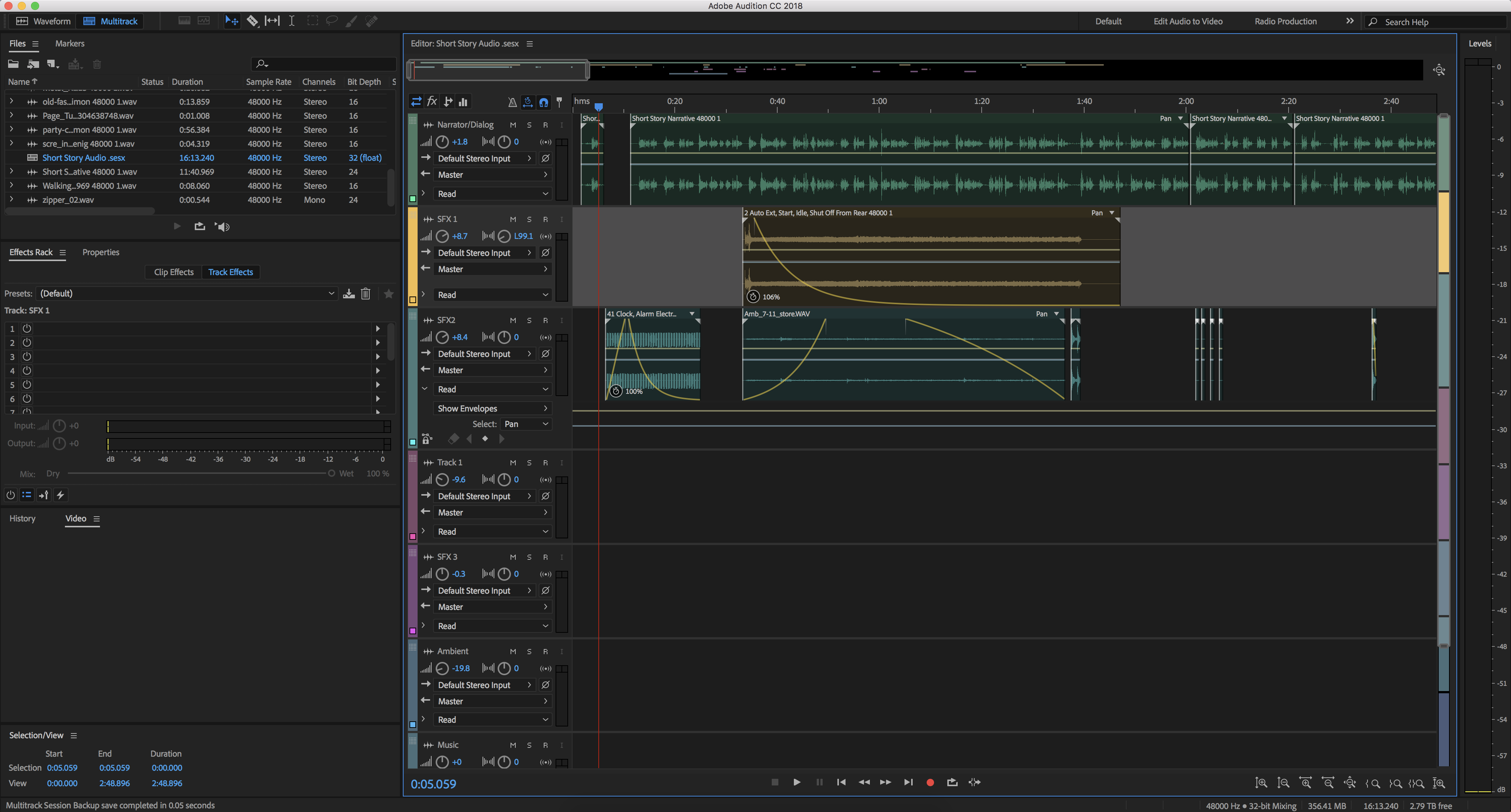
Illustrations
Banner illustrations
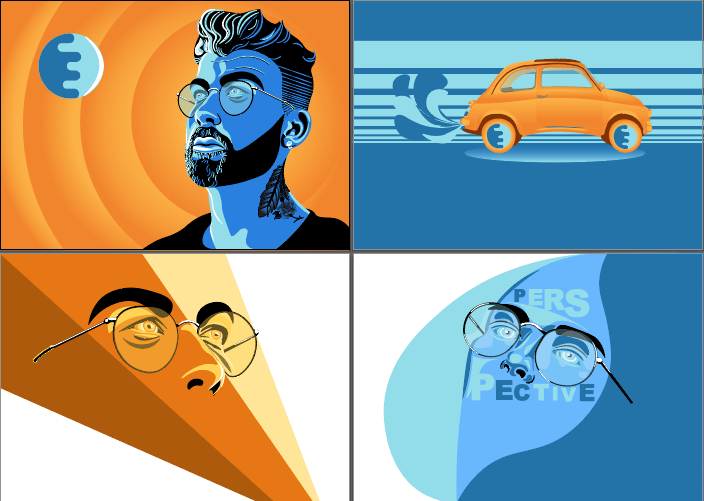
Behind The Scenes
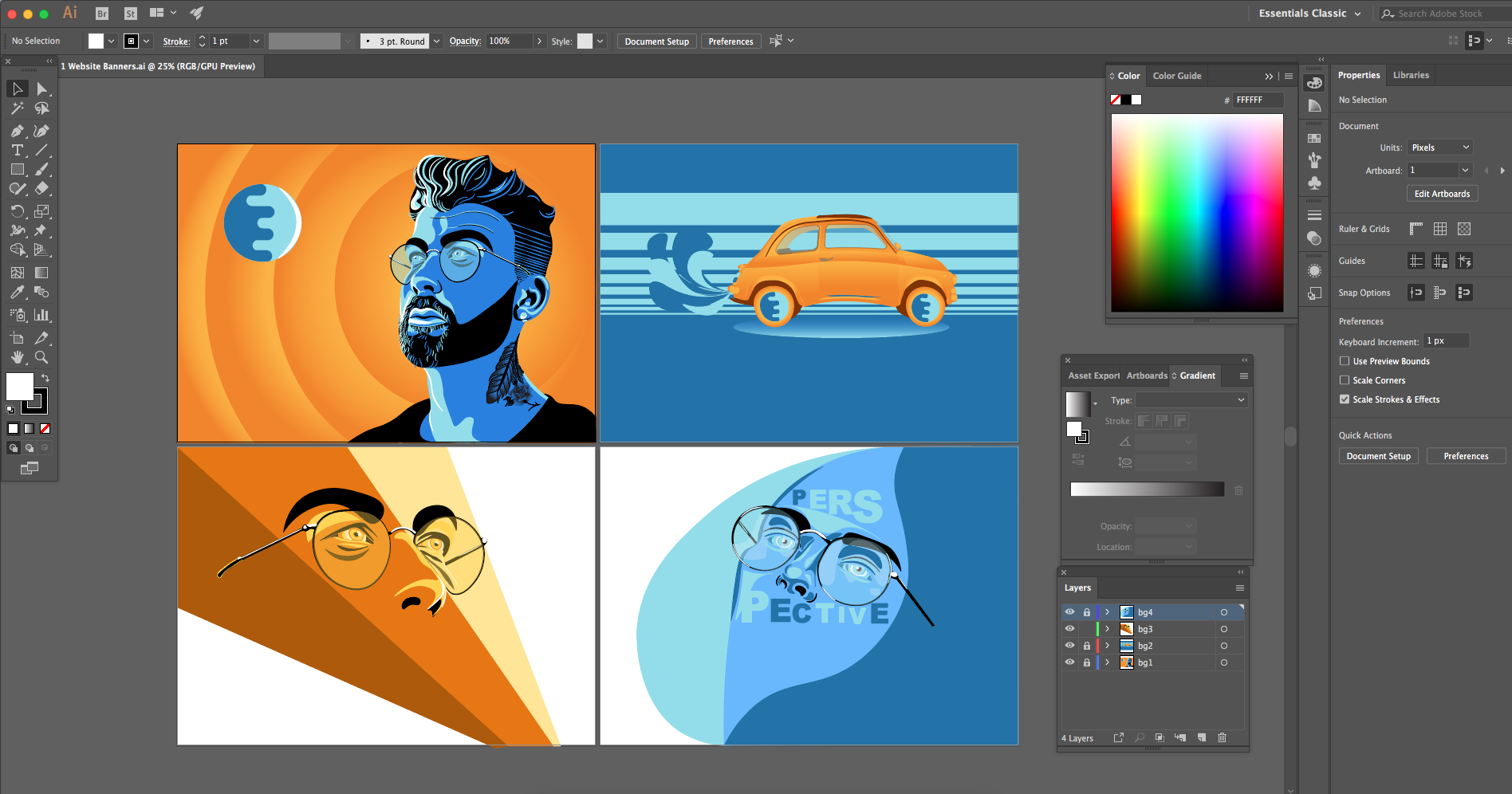
Personal Illustration
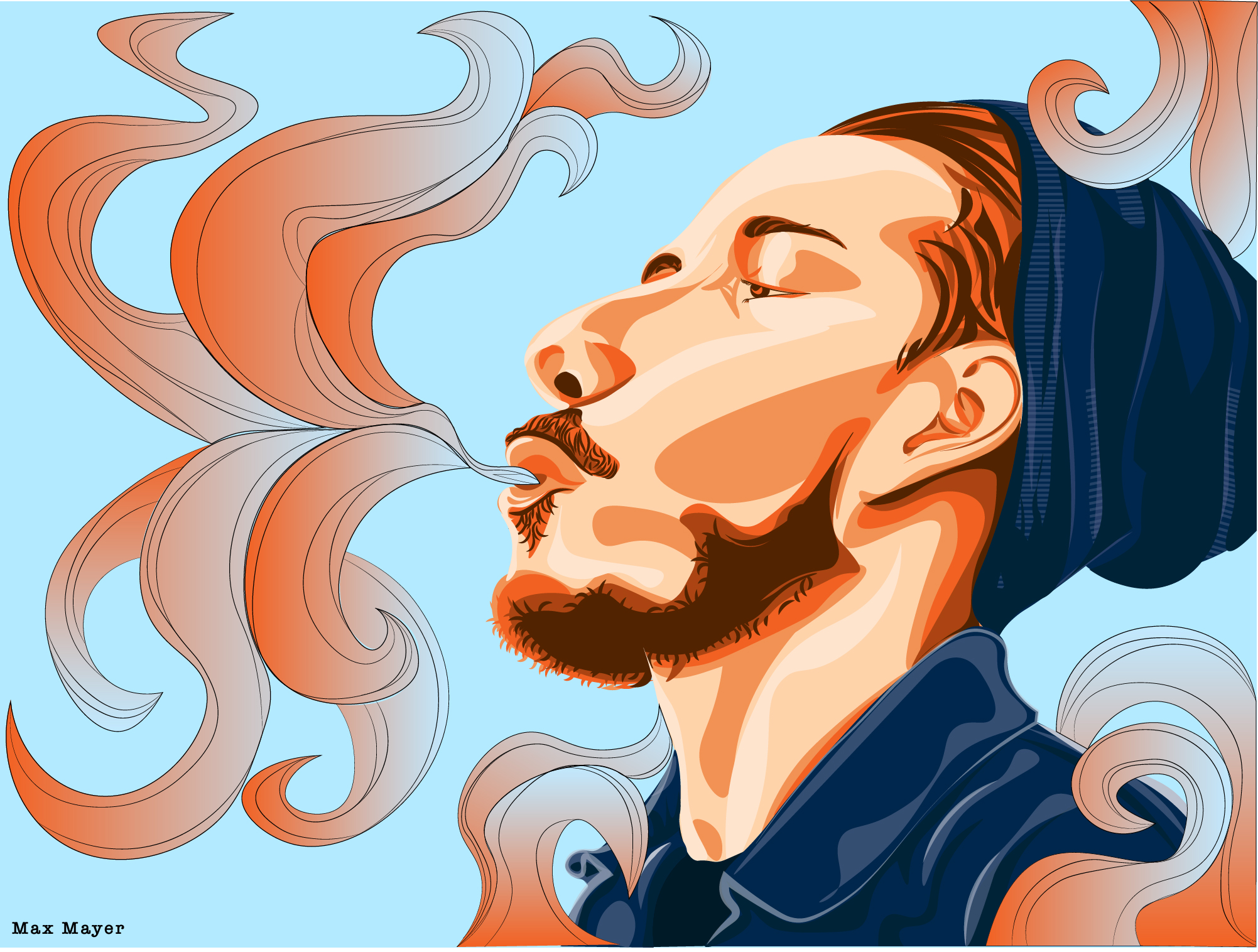
Smoke Waves Artist Statement
Story Media
Macro Nature Photography
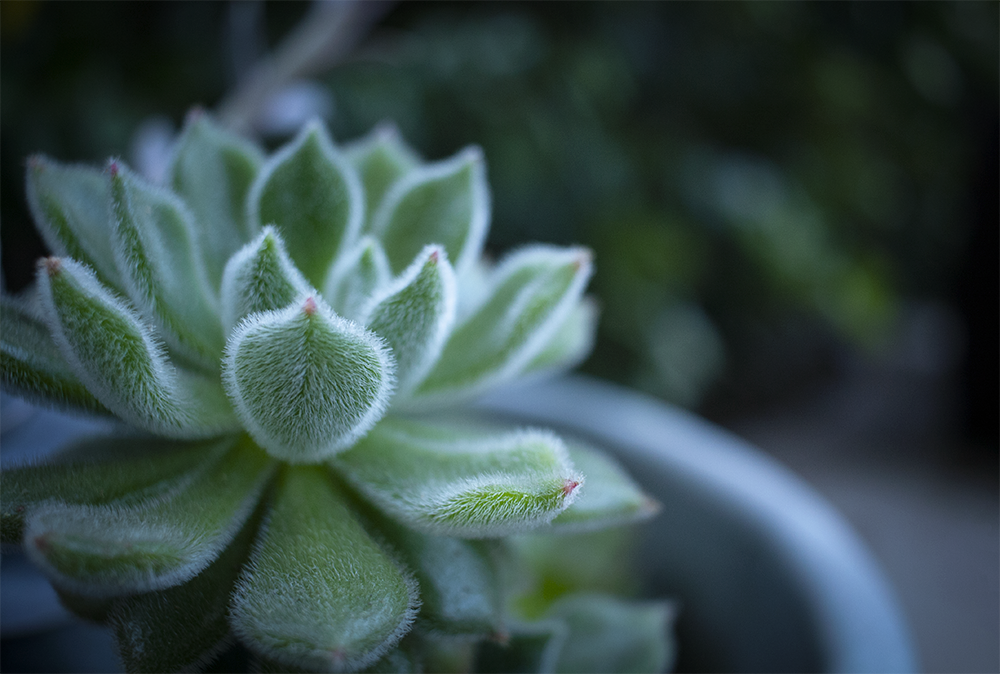 I took a photo of a cactus. I found it particularly interesting, because of the texture of the leaves. I especially liked how the light illuminated the sides of the leafs. I cut my photo in Photoshop, that the cactus falls in the rule of thirds. I also adjusted the brightness and contrast of the photo in order to make the cactus pop more. On top of this I added a slight blue filter over my photo. Lastly I added a vignette to my photo to further emphasize the cactus. In the macro photography unit I learned several new skills. I had very little experience with DSLR cameras and this unit helped me learn the settings for taking photos. I also learned how long it can sometimes take to get the shot you are looking for. I took several pictures for this assignment and most of them were unfocused or just not the shot I was looking for. After this assignment I started valuing the time it takes to get the photo you are looking for.
I took a photo of a cactus. I found it particularly interesting, because of the texture of the leaves. I especially liked how the light illuminated the sides of the leafs. I cut my photo in Photoshop, that the cactus falls in the rule of thirds. I also adjusted the brightness and contrast of the photo in order to make the cactus pop more. On top of this I added a slight blue filter over my photo. Lastly I added a vignette to my photo to further emphasize the cactus. In the macro photography unit I learned several new skills. I had very little experience with DSLR cameras and this unit helped me learn the settings for taking photos. I also learned how long it can sometimes take to get the shot you are looking for. I took several pictures for this assignment and most of them were unfocused or just not the shot I was looking for. After this assignment I started valuing the time it takes to get the photo you are looking for.
Behind the Scenes
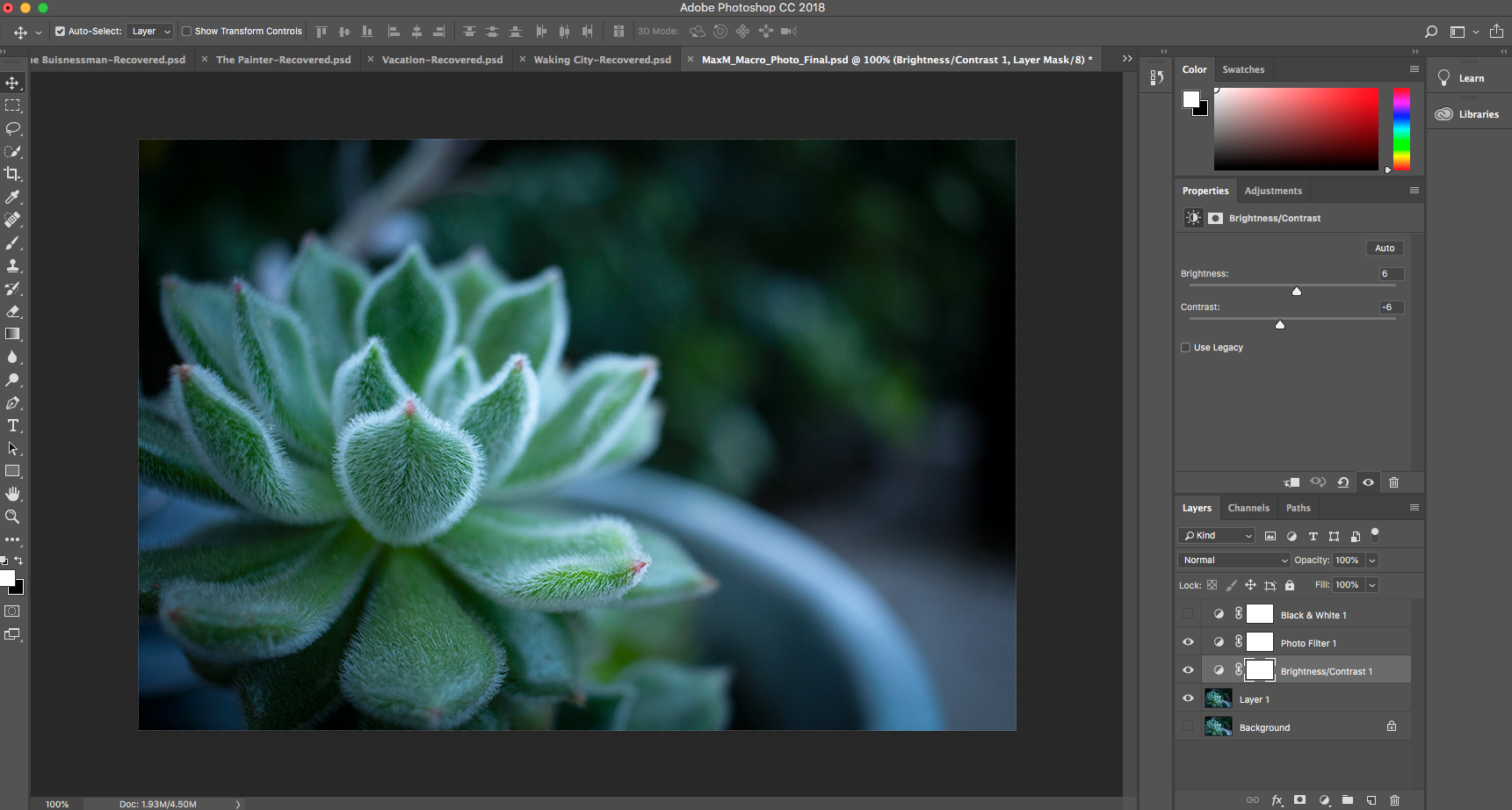
Positive/Negative Design Project
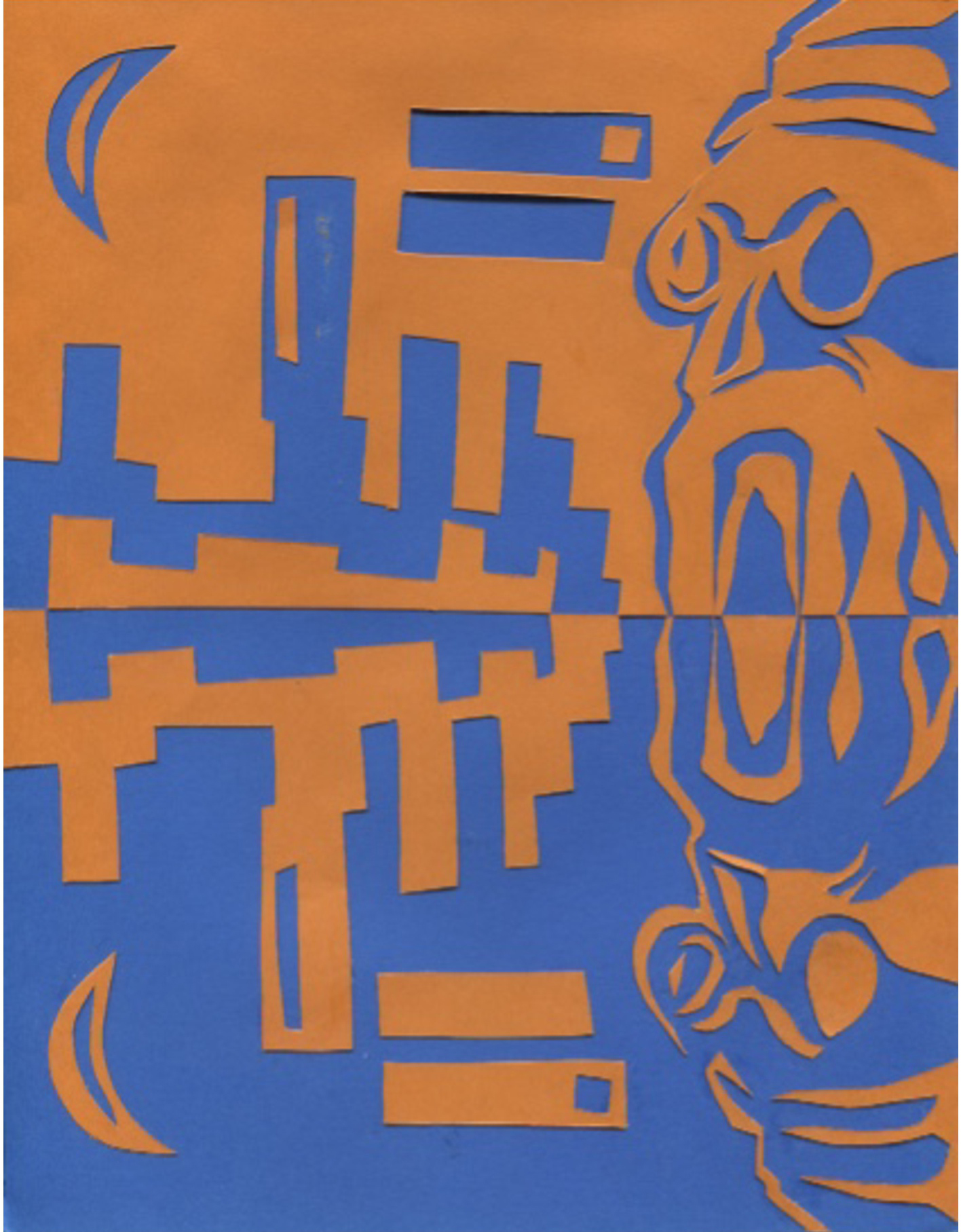
Blending Water Colors
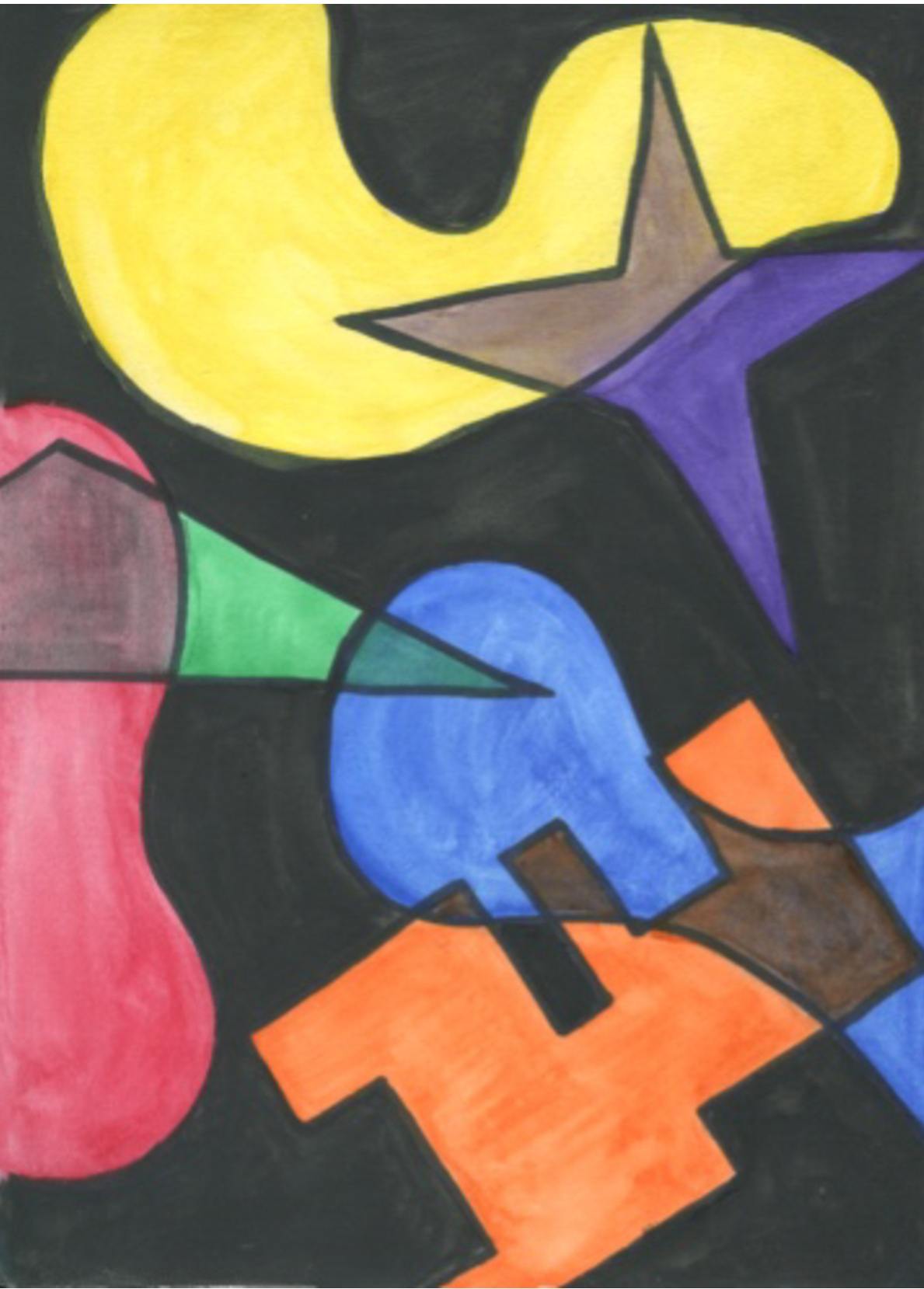
Colored Pencil Blending Exercise
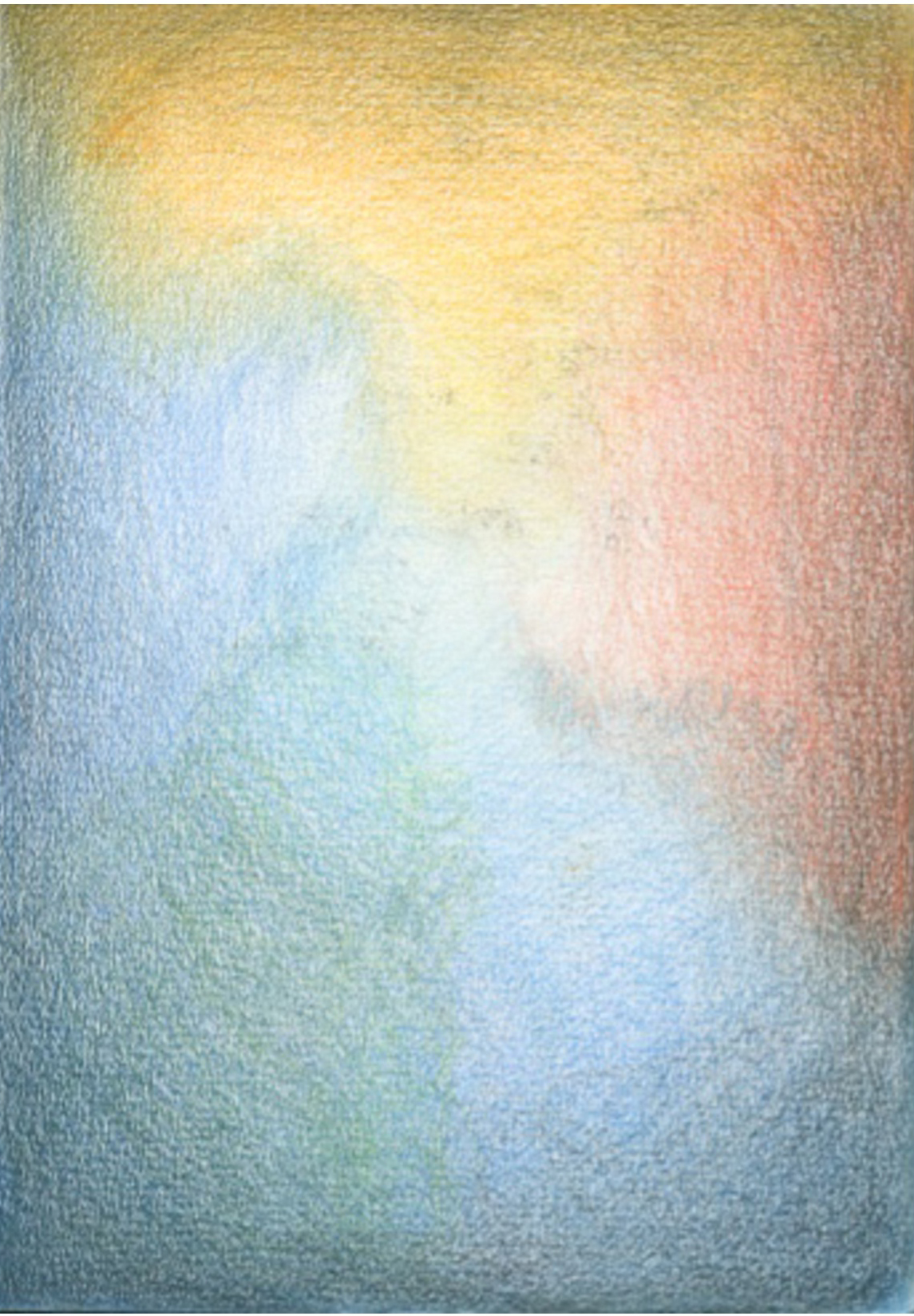
Photoshop Creature Compilation
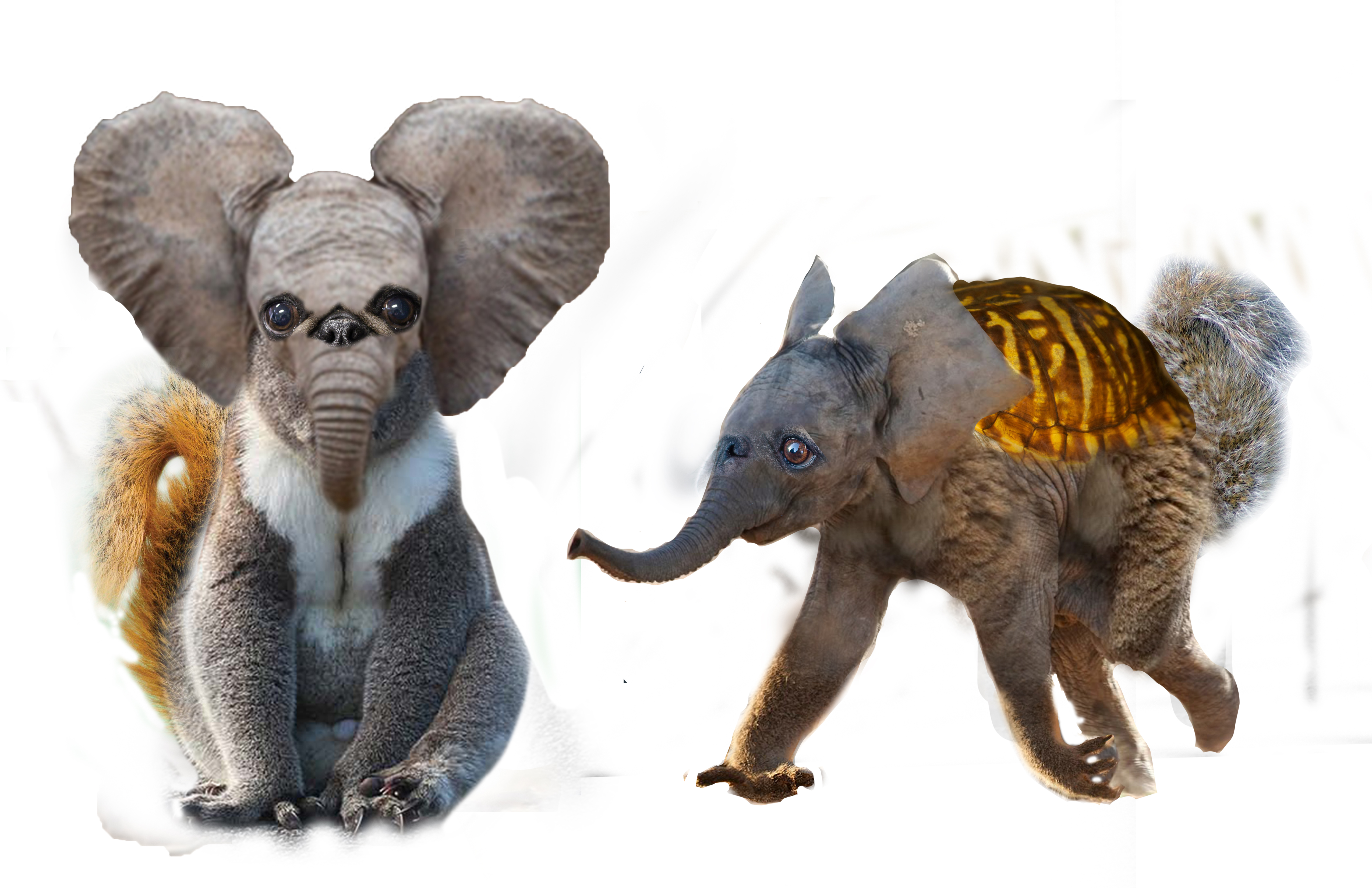
Narrative Illustration
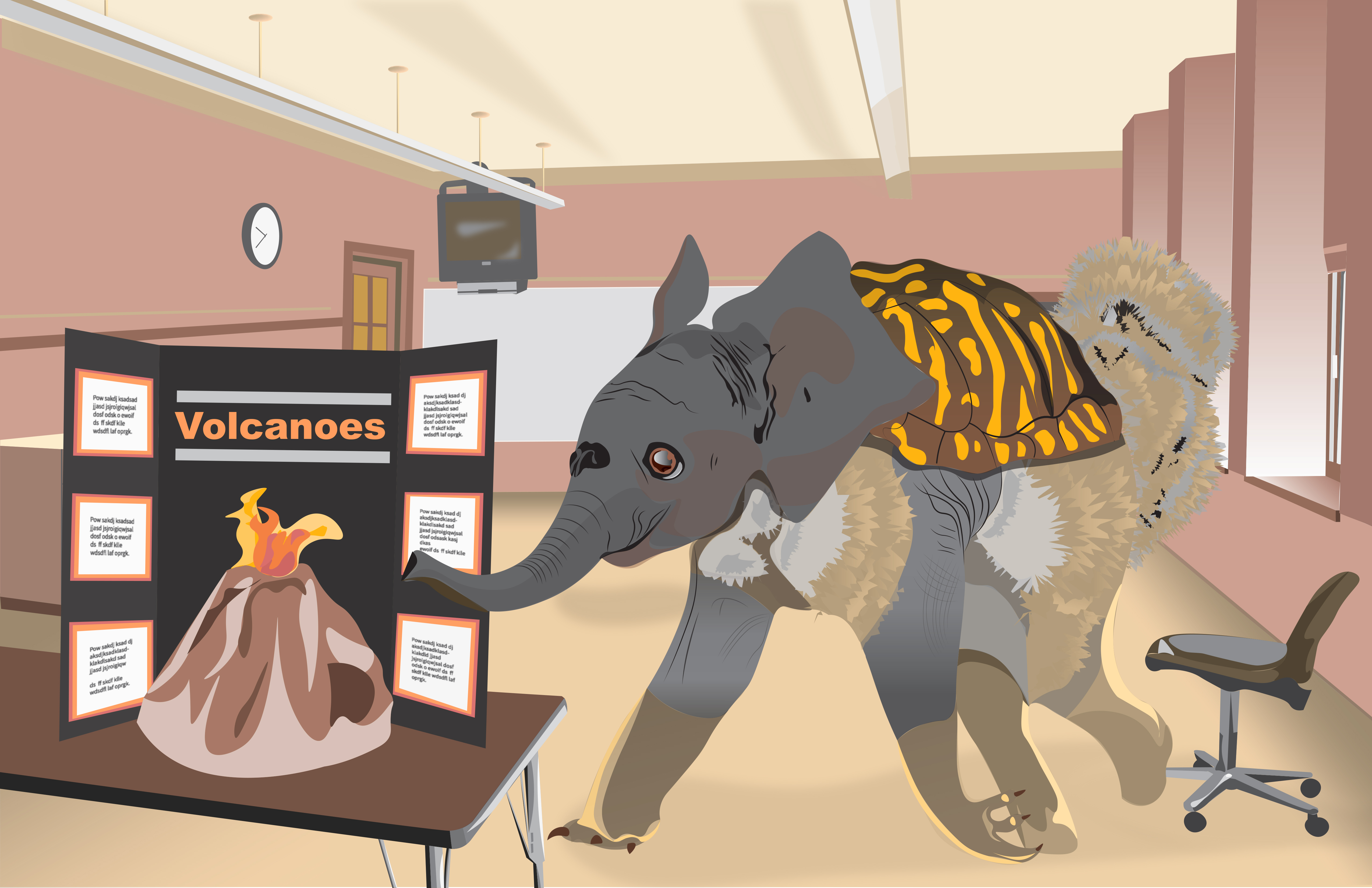
The Science Fair Project Artist Statement